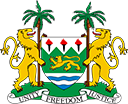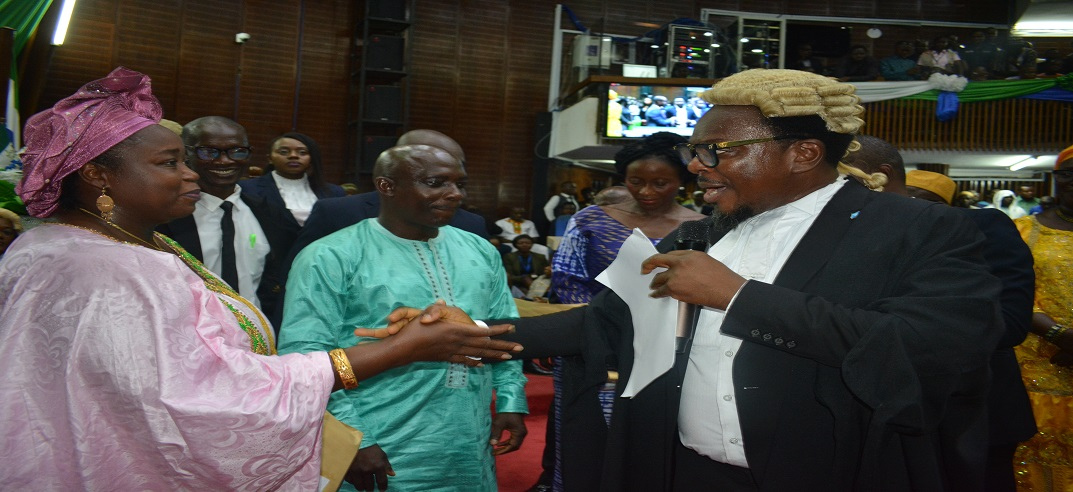Parliament of Sierra Leone, like its counterparts in former British colonies, began as a Legislative Council; it was inaugurated in 1863, but re-named the House of Representatives in 1954.
The first decade of Independence (1961 – 1971), often referred to as the golden age, was a momentous period in the country’s Parliamentary evolution.
When the British crown took management of the colony in 1808, no African was represented in the colony’s administration. The Governor, with a few white officials ruled the colony by a body known as the Governor’s Advisory Council
By the mid nineteenth century, the Creoles were determined to have a say in government. A Committee of Correspondence, constituting a group of Creole businessmen was formed in 1853, and was later replaced by the Mercantile Association in 1858 with the primary objective of securing the right of political representation for Colony citizens.
Petitions and newspapers to the Secretary of State for Colonies served as pressure, calling for a new constitution and an elected assembly for Sierra Leone.
In the 1863 Constitution, the legislature was reorganized and inaugurated but with no provision for popular representation.
The current Sierra Leone Parliament owes its origin to colonial constitutional developments dating as far back as to 1863 when the British colonial authorities established both Legislative and Executive Councils.
TThe Executive Council constituted the following: the Governor, the Chief Justice, Queen’s Advocate (Attorney-General), Colony Secretary and the Officer Commanding Troops.
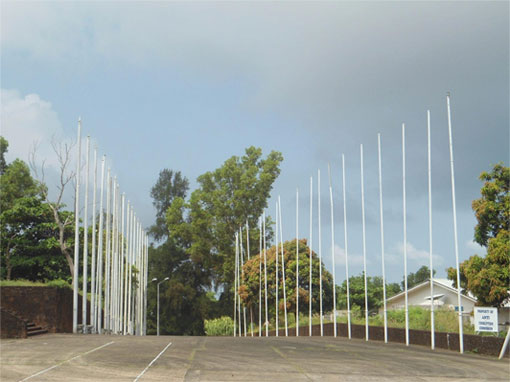
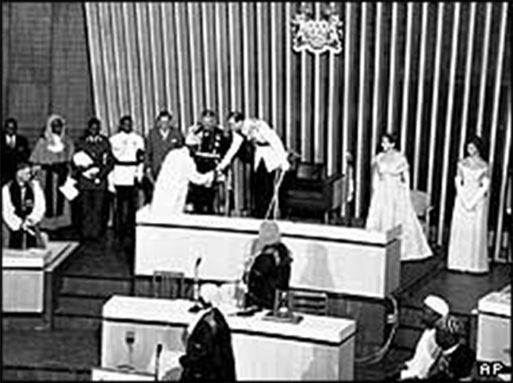
These were known as the Official Members. The unofficial members were Charles Heddle, a European African and John Ezzidio, a Sierra Leonean.
Both the official and unofficial members constituted the Legislative Council which was responsible for enacting Laws for the colony.
But too much of executive powers were vested in the Governor.
Due to riots and strikes by railway workers, more anti-colonial pressure was mounted, which led to the formation of the National Congress for West Africa in 1920 with men like F.W Dove, a business man and H.C Bankole Bright, a Medical Doctor.
This congress demanded for a party elected legislative council in each colony; – this however met with failure even when the delegation was sent to London to press for action.
The Protectorate by then was legally regarded as a foreign country.
This historic process was ongoing when a governor came onto the scene by the name of Sir Ransford Slater. He was prepared to concede to the demand for popular representation but to him it was absurd to have a legislator for both colony and protectorate.
To satisfy their demands, Governor Slater planned a new constitution in 1924 which conceded the elective principles for colony, with some protectorate representation by chiefs.
Under the tribal system no other would have adequate title to speak with authority.
Membership of the legislature was increased to 21 with 3 paramount chiefs. From the 21 Members, 11 were appointed by the Government added to 10 unofficial Members.
Out of the 10 unofficial Members, 5 were Colony Representatives elected from among the educated Creole elites and the 3 Paramount Chiefs from the Protectorate nominated by the Governor. This registered a significant development for African representation in the Legislative Assembly.
In 1951, further constitutional development was made by Governor Beresford Stoke, which increased the Paramount Chiefs representation in the Legislative assembly to 12, one, for each district, a practice that prevails today.
After the Sierra Leone Peoples Party (SLPP) victory in 1951 election, some members were appointed to the Executive Council.
In 1954, the leader of the party, Sir Milton Margai was made Chief Minister and the other members of the council became ministers.
After independence in 1961, Sierra Leone Parliament continued to evolve. It became a completely elected body. By then the office was located at the mechanized section of the Treasury Building, at George Street in Freetown, which was our first Parliamentary building.
The present chamber of Parliament was opened by the Duke of Kent in the eve of Sierra Leone Independence celebration.
Apart from the Paramount Chiefs that were indirectly elected through an Electoral College System, all Members of Parliament were elected by an electoral system, based on a single member constituency.
The defining parameter for the delimitation of electoral boundaries was population quota, based on the most recent census results.
Up to 1967, the Sierra Leone Peoples Party which had the majority in Parliament, constituted the Executive. In 1968, after the controversial 1967 elections, the All Peoples Congress (APC) commanded the majority in the House.
Under the leadership of Siaka Probyn Stevens, the APC government undertook certain constitutional reforms that altered significantly the British set-up of the Sierra Leone Parliament.
In 1971, Sierra Leone assumed a republican status with an Executive Presidency that doubled as Head of State and Government. Parliament was most profoundly affected by this constitutional adjustment.
The implication was that the Parliament would no longer be involved in the formation of the Executive. They became two separate arms of government.
In 1978, Sierra Leone was transformed into a one-party state. This meant that Parliament was dominated by a single party.
The APC became the only political party that was constitutionally recognized. All other parties were disbanded. Members of Parliament from the opposition SLPP had only two options amidst this constitutional change.
They were to either switch allegiance to the APC and remain in Parliament or resign their seats. Most of them chose the former. Thus, from 1978 – 1992, the Sierra Leone Parliament was without an official opposition.
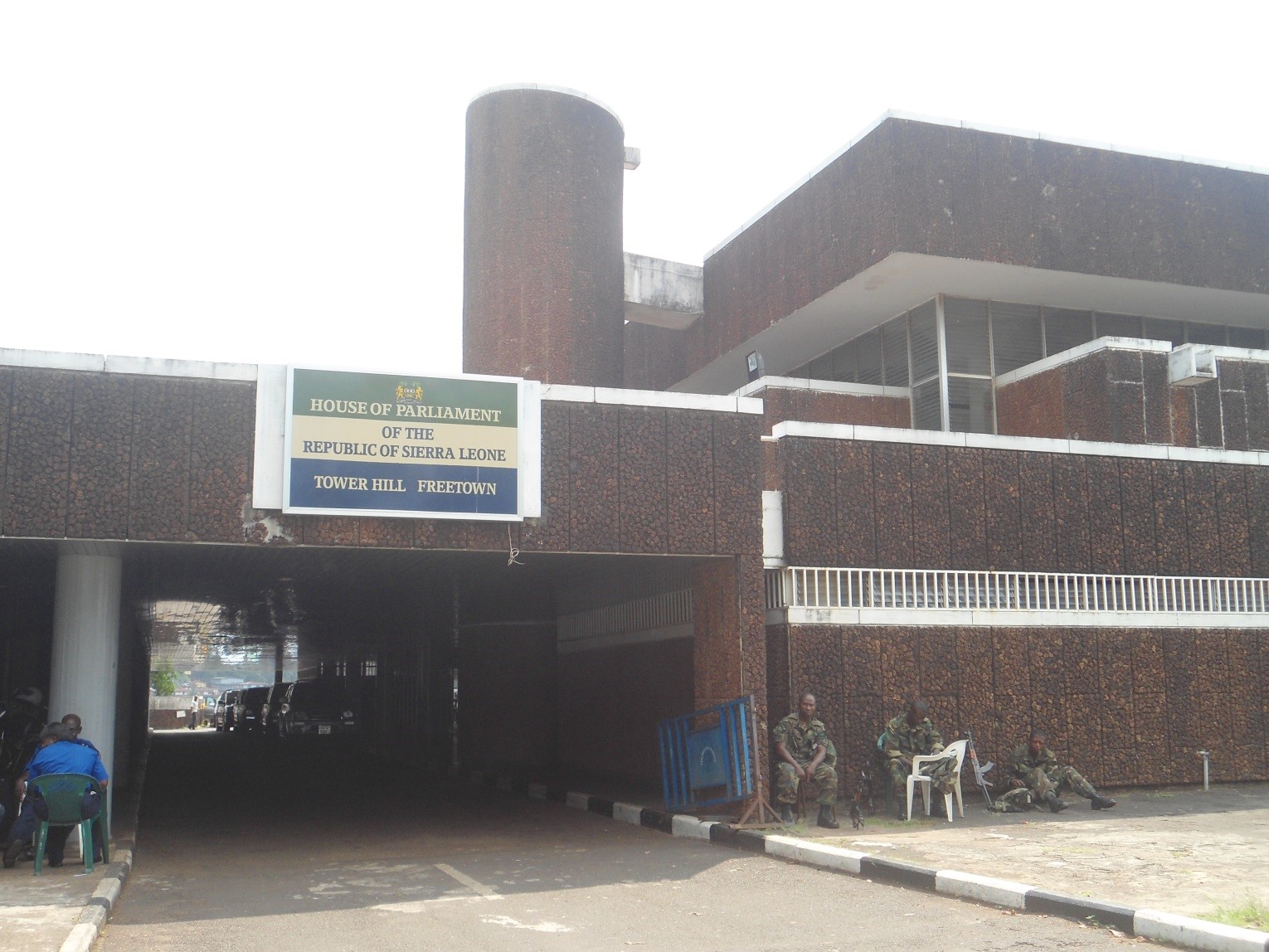
In 1991 a new constitution was adopted, allowing for a transition towards multiparty elections. Political parties started to register in preparation for elections.
The 1991 multiparty constitution was not however implemented. Fighting with the rebel movement, the Revolutionary United Front (RUF), which had started in March 1991, escalated. There were also incursions from neighboring Liberia where the RUF in the south of the country was being loosely in alliance with Liberian rebels.
In April 1992, Captain Valentine Strasser took control after a coup by junior army officers, during which the activities of Parliament and the constitution were indefinitely suspended.
The legislative role of Parliament was substituted with the passing of decrees by a military council.
The Rebel war intensified despite air and ground support from Nigeria, and troops provided by Guinea, At one point in 1995 the government was in secure control of only the capital. In January 1996, Strasser was overthrown by his deputy Brigadier Julius Maada Bio.
The period of inactivity by Parliament was brought to an end with the restoration of constitutionality in 1996.
The military yielded to pressure from within and without to return the state to civilian rule under a system of multiparty democracy. There was however a review of the electoral system to determine membership in Parliament.
The war inhibited the conduct of a census to determine the redistribution of constituencies. An ad hoc electoral arrangement was adopted to elect Members of Parliament in 1996. Parliamentary and Presidential elections under the 1991 multiparty constitution were finally held in February 1996.
In a two-round presidential election the SLPP candidate, Ahmad Tejan Kabbah, defeated UNPP’s Dr. John Karefa-Smart and Kabbah was sworn in as president at the end of March 1996.
It was the Proportional Representation (PR) electoral system where parties rather than constituencies, determined election to parliament. In 2002, the PR system of election was replaced by the District Block Electoral System (DBS). Both electoral systems did not adequately obligate MPs to their constituents as popularity within their parties was more important than popularity among constituents or the people.
The 2007 elections in Sierra Leone have been widely acclaimed as having been historical and significant in several senses, including their conduct along the lines of the first-past-the post-electoral system.
The elections registered the reintroduction of the constituency electoral system that was interrupted by the exigencies of war between 1991 and 2002.
The current Parliament that emerged from the electoral system saw the first litmus test of the spirit and intent of the 1991 Constitution (Act No.6 of 1991). Section 38 (1) and (2) of the 1991 Constitution explicitly states that:
“Sierra Leone shall be divided into such constituencies for the purpose of electing the Members of Parliament referred to in paragraph (b) of subsection (1) of section (74) of this Constitution as the Electoral Commission, acting with the approval of Parliament signified by resolution of Parliament, may prescribe.”
“Every constituency established under this section shall return one Member of Parliament.” The last Parliament was the Fourth and the current is the Fifth Parliament of the Second Republic of Sierra Leone. This means that it is the Fifth Parliament since the restoration of constitutional rule.
The first was in 1996, second, 2002, third, 2007, fourth, 2012 and the fifth, 2018.
The change of parliaments is determined at every democratic election.
The First Republic was in 1971, when Sierra Leone was officially declared a republic.
The Second Republic was in 1996.
Presently, Parliament of Sierra Leone has a total number of 146 MPs including the 132 elected through the first-past-the post electoral system and the 14 Paramount Chiefs, one from each of the fourteen districts, i.e. Karene and North West added to the previous 12 districts. This is in compliance with section 74 (1) of the 1991 Constitution of Sierra Leone and in line with tradition inherited from colonial rule.
This constitutional provision states that each district in Sierra Leone shall have one Paramount Chief Representation elected through a separate election. The Parliamentary representation of the three parties in the Third Parliament (2007-2012) was as follows:
With the Fourth Parliament (2012 – 2017), only the two most prominent political parties succeeded in securing the people’s mandate, i.e. the SLPP (42) and APC (67) seats with a total of 15 women and 12 Paramount Chiefs.
During the Fourth Parliament the National Electoral Commission in adherence to its constitutional mandate, delimited electoral constituency and ward boundaries, which is to be done “not less than five years and not more than seven years”, in compliance with the timeline as stipulated in its Electoral Calendar (2015-2019); NEC in consultation with Statistics Sierra Leone, undertook Constituency and Ward Boundary Delimitation and De-Amalgamation of Sierra Leone;
It was approved in Parliament in 2017 as the newly constituted constituencies, ward and district demarcations used in the 7th & 27th March, 2018 presidential, parliamentary, mayoral and head-men elections.
This makes provision for 132 directly elected Members of Parliament and 14 indirectly elected paramount chiefs, which sum up to 146 Members of Parliament which is the present Parliament.
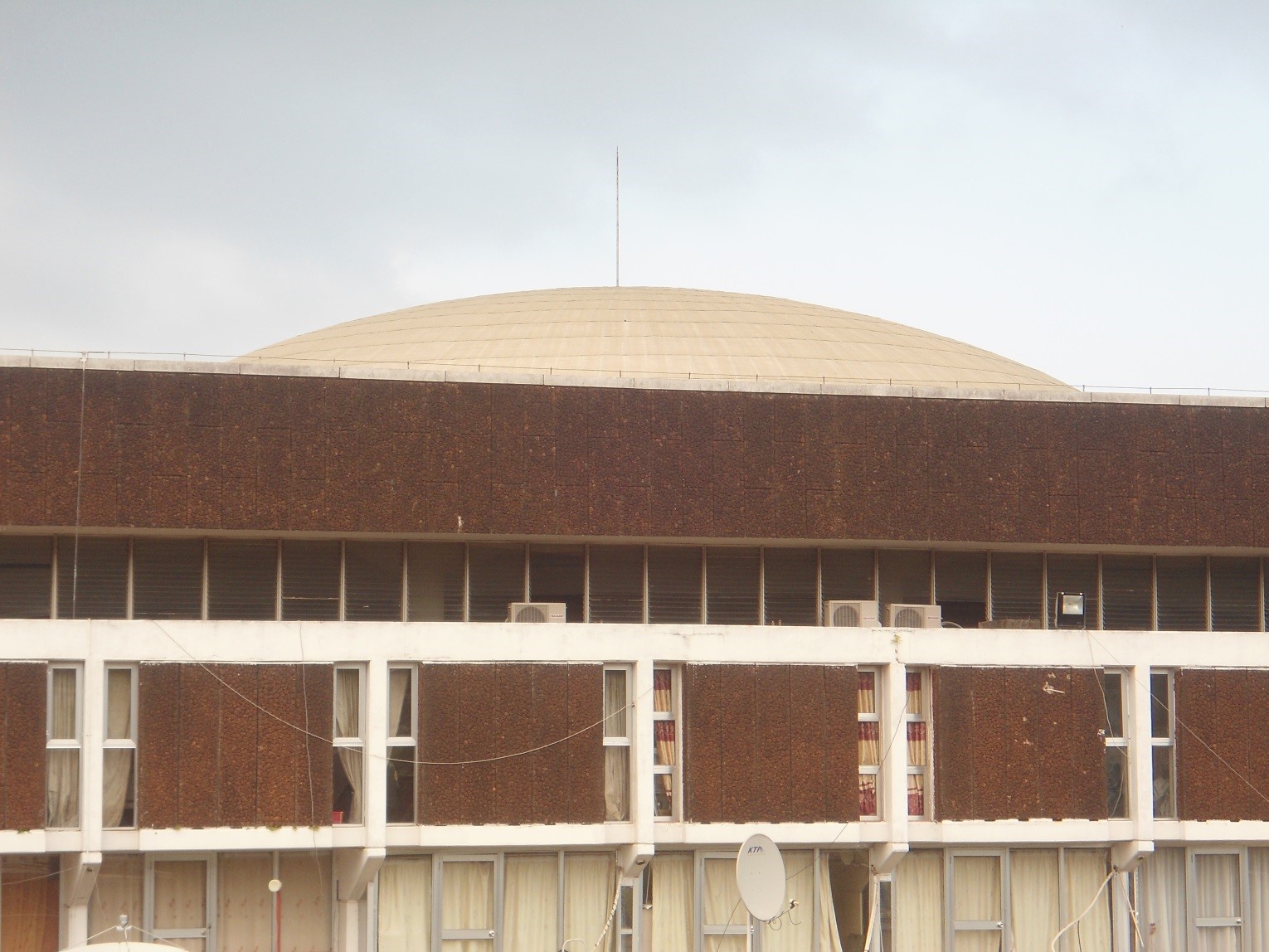
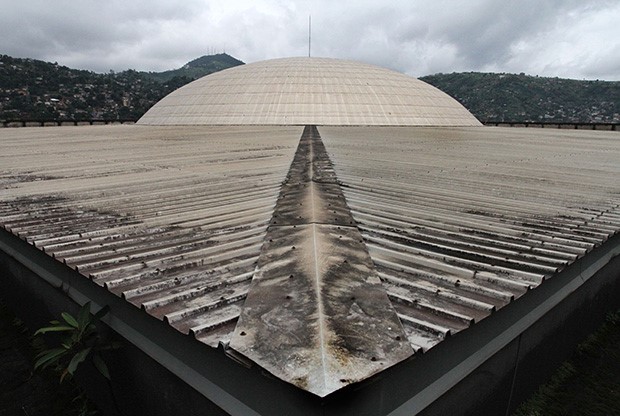
The House of Parliament of Sierra Leone is a cubic citadel with a panoramic view of the Freetown harbor. Situated on the hilltop of Tower Hill, the complex has an assembly hall, members lounge, library, committee rooms, offices, cafeteria, and terraces. The building is an example of Brutalist architecture, a style that had its zenith from the 1950s to the mid-1970s, characterized by sharp geometrics and a rough concrete surface that reveals the imprint of the structure’s wooden frame.
The coffee-colored parliament building is also a symbol of the State of Israel’s long-running engagement in Africa. Israel’s foreign-aid program began in 1958 with a small department in the nation’s foreign office. The motivation to develop strong ties with post-colonial states became a political emergency after the Bandung Conference in Indonesia.
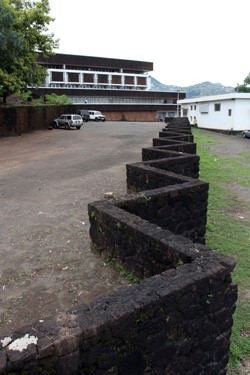
In 2012 Cyril Juxon-Smith, Director of Public Relations at Sierra Leone’s Parliament, bumped into a high-level Israeli diplomat casually “having a look” around the parliament complex. She was immediately escorted to the parliament clerk for an engaging conversation. “This building has been a blessing to our country since its construction. It stands strong, stoic, and solid. It seems as if it could withstand another five decades,” said Juxon-Smith. If diplomatic relations are restored, parliamentarians of the two nations will have more in common than they might think and plenty of unfinished business to talk about - starting with the roof.
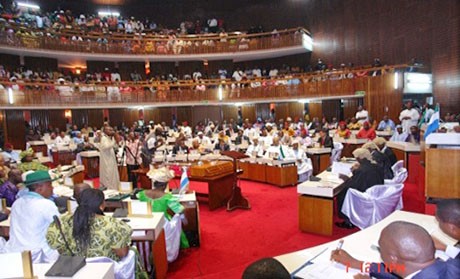
In 1996, the late Dr. Karefa-Smart, one of Sierra Leone’s most prominent politicians and its first foreign minister, told Peter J. Kulagbanda, who was Principal Clerk of Committees at Sierra Leone’s House of Representatives, now the Director of Committees, that the idea of constructing a new parliament building was his (Dr. John Karefa Smart’s).
Once it became imminent for the British to officially unhook its talons from its Crown Colony on April 27, 1961, Sierra Leoneans had less than a year to find a suitable venue for their legislative body and Independence Day Ceremony.
Dr. John Karefa-Smart approached the British with an idea to construct a parliament for the nascent government. It was their refusal - citing an unrealistic deadline - that led Sierra Leoneans to seek Israeli assistance.
With earmarked loans, the Israeli government financed almost half of the construction budget of £400,000, a naïve estimation that would later balloon to over £900,000. Solel Boneh, the construction arm of Histradrut, Israel’s largest trade union, was awarded the building contract. To oversee the project Israel created the National Construction Company (Sierra Leone) Ltd., a joint enterprise based in the capital city of Freetown.
The architectural firm Karmi, Melzer, & Karmi was commissioned for the parliament’s design. Dov and Ram Karmi, the father-and-son team who were also involved with the design of Israel’s own parliament, the Knesset, are footnoted in history as the architects of Sierra Leone’s Parliament. But it is Zvi Melzer, a partner in the firm, who gets credit as the architect on documents from Sierra Leone’s Ministry of Works. “It’s a very good example of the so-called Brutalist architecture,” said Zvi Efrat, an Israeli architect and architectural historian. “But this is an African building - an object out of a foreigner’s imagination of Africa.”
Indeed, Parliament of Sierra Leone has unusual characteristics that deviate from the Brutalist style. The Parliament’s façade is covered in pre-cut pieces of red stone, locally excavated from the hilltop, which gives the building its coffee color. “The dome is also an enigma. It’s a strange feature that has nothing to do with Brutualist architecture,” added Efrat, referring to the building’s saucer-shaped dome, which glistens like the al-Aqsa Mosque in Jerusalem. “When you usually see something like that, it almost has a religious significance - perhaps Jewish, perhaps Islamic. What is it doing on a civic structure?” Other Israeli touches include the beautifully crafted wood beams in the assembly hall, features Efrat often sees in boardrooms and conference halls across Israel.
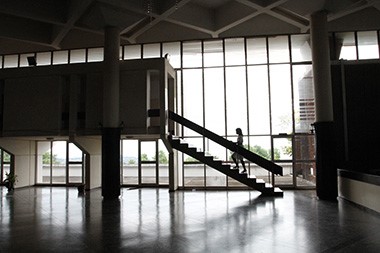
The entrance hall in Sierra Leone’s parliament is grand and spacious with high ceilings like an Italian palazzo that sits oddly with the country’s reputation as a developing country. The glass windows circling the main gallery send lances of sunlight over a staircase. Speaking of the building’s interior, Efrat said, “Here the architecture is reduced to the essentials: light, structure, free-standing elements in the space. Everything is very distinct. It’s beautiful.” The original plan called for three phases of construction: Phase 1 was the emergency project - the assembly hall needed for the Independence Day Ceremony in April 1961; Phase 2 was to include offices for all the Members of Parliament and quarters for staff; Phase 3 was finishes - but the project never made it that far.
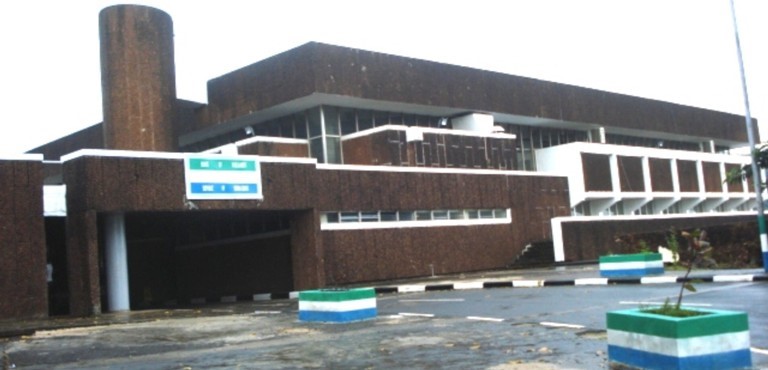
Held hostage by a fast-ticking clock, Sierra Leone’s Cabinet ministers gave the Israeli contractors carte blanche to work without a bill of quantities, a document detailing an itemized list of materials, costs of labor, and terms of construction. The expectation was that everything would be sorted out after the Independence Day Ceremony. Early in October 1960, Alexander Tzur, consul of Israel in Sierra Leone, sent a desperate cablegram to Israel’s ministry of finance complaining that a representative of Dizengoff, the firm Israel appointed as the executor of its funding toward the project, had not visited Freetown in over four months and was unresponsive when sent a visa. With the exception of woodwork crafted in Israel, important equipment and other construction materials had yet to be ordered. A month later, Tzur again contacted the ministry pleading that it was necessary for Dov Karmi to come to Freetown to adjust the building plans and to bring along a permanent representative who would shepherd the project until the Independence Day Ceremony. By February 1961, the architectural drawings were still missing.
R.L. Armstrong, Sierra Leone’s director of public works, contacted the Israeli company Solel Boneh to get to the heart of the matter. The constructor forwarded the diligent bureaucrat an ambiguous reply that led him to fire off a confidential memo to his colleagues stating, “The government is now in a position where it has no control over the contractor who is in fact carrying out [a] cost-plus contract without supervision.”
After eight months of bureaucratic intrigues, money squabbles, and construction circumventions, the Israeli contractors completed the assembly hall in the nick of time for the Independence Day Ceremony on April 27, 1961. On the eve of independence, the Duke of Kent gave a speech and presented a plaque at the opening ceremony of the assembly hall. The next day it rained and water leaked through the building’s unfinished areas; the Parliament still experiences leaks.
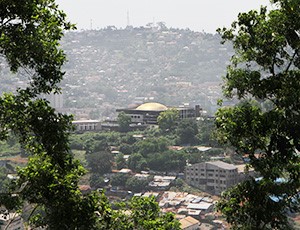
There was an opportunity for a proper refurbishment in 1996 when President Ahmad Tejan-Kabbah discussed completing Phase 2 of the Parliament’s construction.
A company from Côte d’Ivoire, claiming to be subsidiary of Solel Boneh, was given a tour of the complex. But before plans could materialize, a coup d’état erupted in Sierra Leone a year later. In 2004 a Chinese company was commissioned to refurbish the parliament and repair corroded pipes. But they couldn’t figure out certain aspects of the original engineering. A local supervisor assigned to monitor their work was allegedly fired after he asked too many questions. The original chairs in the assembly hall - still in excellent condition after nearly five decades - were plucked out, carted off in a truck to be sold, and shoddier replacements were brought in.
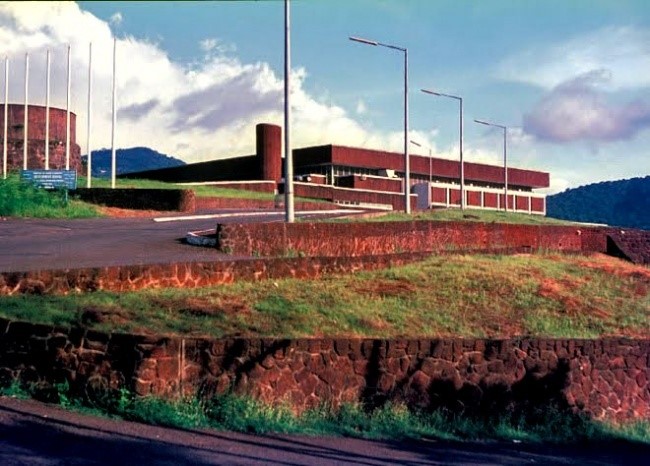
Photo Gallery
subscribe to ourNEWSLETTER
Sign up for newsletter to get the latest news, announcements and event information.

